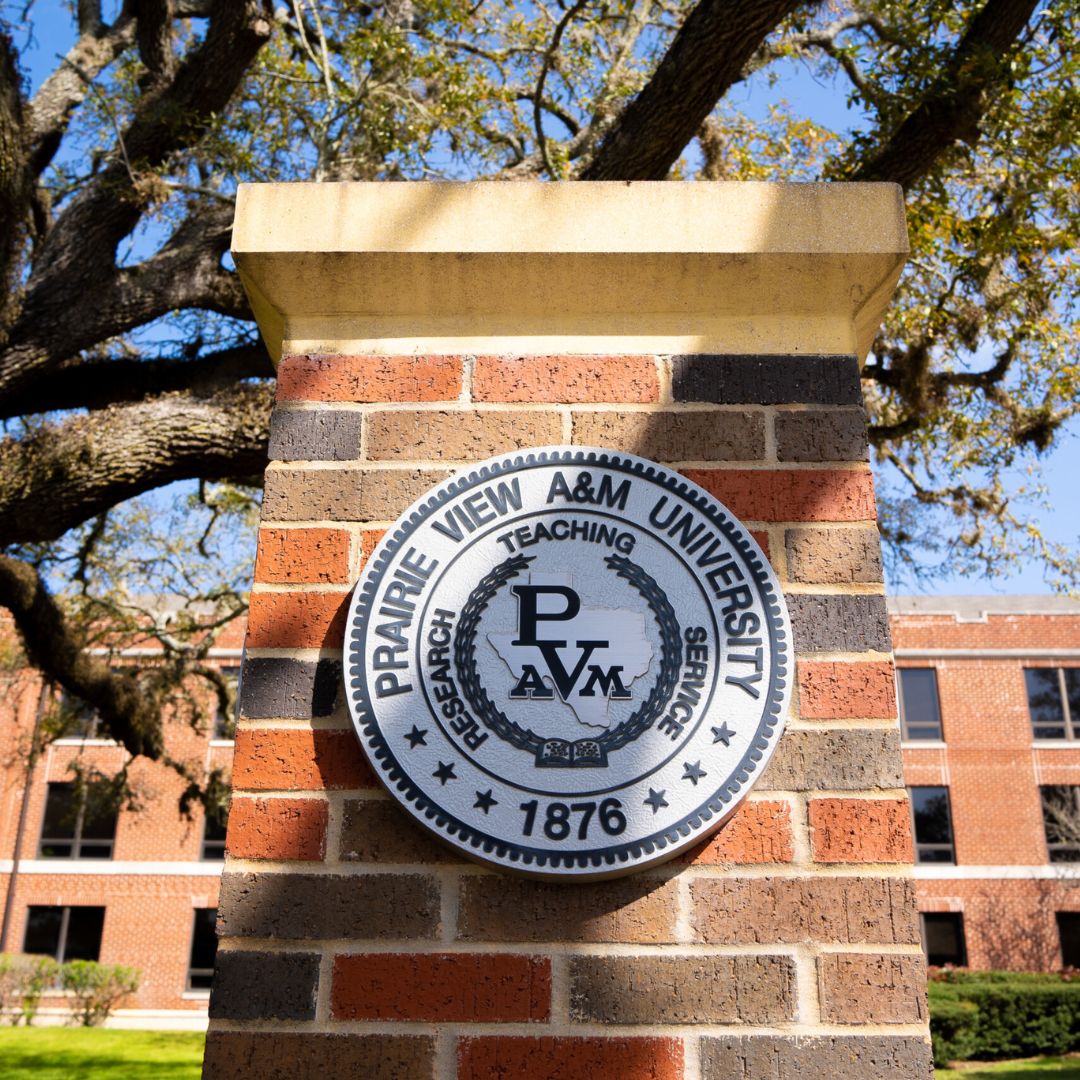PRAIRIE VIEW, Texas (December 1, 2023) — Since the early 1970s, the Carnegie Classification of Institutions of Higher Education (Carnegie Classifications) has been the U.S.’s leading framework for describing the nation’s colleges and universities, separating higher education institutions into research, teaching, and other institutional characteristics. It’s a system that’s become synonymous with prestige, and even though it wasn’t created for ranking institutions, it’s often been used as such – creating, what the American Council on Education (ACE) has called, “unwarranted competition between institutions.”
Throughout its 50-year history, the Carnegie Classifications have gotten periodic updates, but the traditional classification system hasn’t undergone an overhaul in five decades… until now. Earlier this month, ACE and the Carnegie Foundation for the Advancement of Teaching (Carnegie Foundation) unveiled a necessary redesign of the Carnegie Classifications to “better capture the dynamic and complex missions of today’s higher education institutions,” ACE explained.
The updated Classifications go into effect in early 2025 and will include a simplified framework, expanded classification categories, and significant changes to how research is recognized to “create a more robust picture of higher education across the U.S. and make visible those institutions that demonstrably accelerate educational and career opportunities for students,” said Timothy Knowles, president of the Carnegie Foundation.
“The new Carnegie Classifications mark a refreshing step toward acknowledging the diverse and unique contributions of higher educational institutions to research and education,” said Prairie View A&M University (PVAMU) Vice President of Research and Innovation (R&I) Magesh Rajan, Ph.D., MBA, P.E. “The redesign signifies a shift to a more transparent, inclusive, and dynamic system that reflects and celebrates the richness of our educational landscape,” he said.
The updated framework of the Basic Classification system – which currently groups U.S. colleges and universities based on the highest degree awarded – will take a multidimensional approach to classifying institutions. Colleges and universities will be grouped according to a broader set of characteristics, like size, location, and the kinds of academic programs offered. The specific criteria and methodology are still being refined, with ACE and the Carnegie Foundation seeking feedback from the academic community to help ensure a more comprehensive and nuanced classification system.
As ACE President Ted Mitchell pointed out, how the Carnegie Classifications are currently structured doesn’t fully capture the “dynamism or the variety of higher education institutions. We are reimagining the Carnegie Classifications to better group and organize like institutions to accurately reflect the broad scope of their work with students, communities, and the broader public purposes of higher education.”
One of the most significant updates to the Carnegie Classifications is the redefinition of the coveted Research 1 (R1) status, the highest research designation a doctorate-granting institution can achieve. Unlike the current R1 methodology (dating from 2005) that involves a convoluted, 10-metric formula and competitive metrics, the 2025 criteria will provide a clear threshold: $50 million in total research spending and 70 research doctorates (using most recent year data or 3-year rolling average). Any institution that meets this threshold will be classified as “R1: Very High Research Spending and Doctorate Production,” eliminating the cap on how many colleges and universities can achieve the honor.
The new methodology also provides a clearer line between the R1 and R2 designations – the latter of which was achieved by PVAMU in 2022 in recognition of the University’s excellence in teaching, research, and innovation. The R2 classification will now be called “High Research Spending and Doctorate Production,” but will not change from the current threshold of $5 million in research spending and 20 research doctorates.
Additionally, the 2025 Carnegie Classification system will offer a new designation outside of R1 and R2 known as “Research Colleges and Universities.” The category will acknowledge and celebrate institutions that make significant research contributions despite not offering doctoral programs. Any institution – including those that only serve undergraduate students – that spends at least $2.5 million on research will achieve the designation (if not already classified as R1 or R2).
Within the next few months, ACE also plans to introduce a framework for a universal Social and Economic Mobility Classification, “intended to give the public more information about the ways institutions is contributing to the long-term success of learners. This new category will classify institutions by a variety of relevant student characteristics and learner outcomes,” ACE stated.
“Though the new classification system is still in the refinement stage, the outlined revisions reflect the evolution of higher education and provide a clearer roadmap for institutions, like PVAMU, that are focused on elevating their research and innovation enterprises and expanding their community and educational impact,” Dr. Rajan said. “The overhaul of the Carnegie Classification system serves as a poignant reminder that our institutional excellence is not merely defined by a status but rather by an unwavering commitment to our institutional mission and values.”

